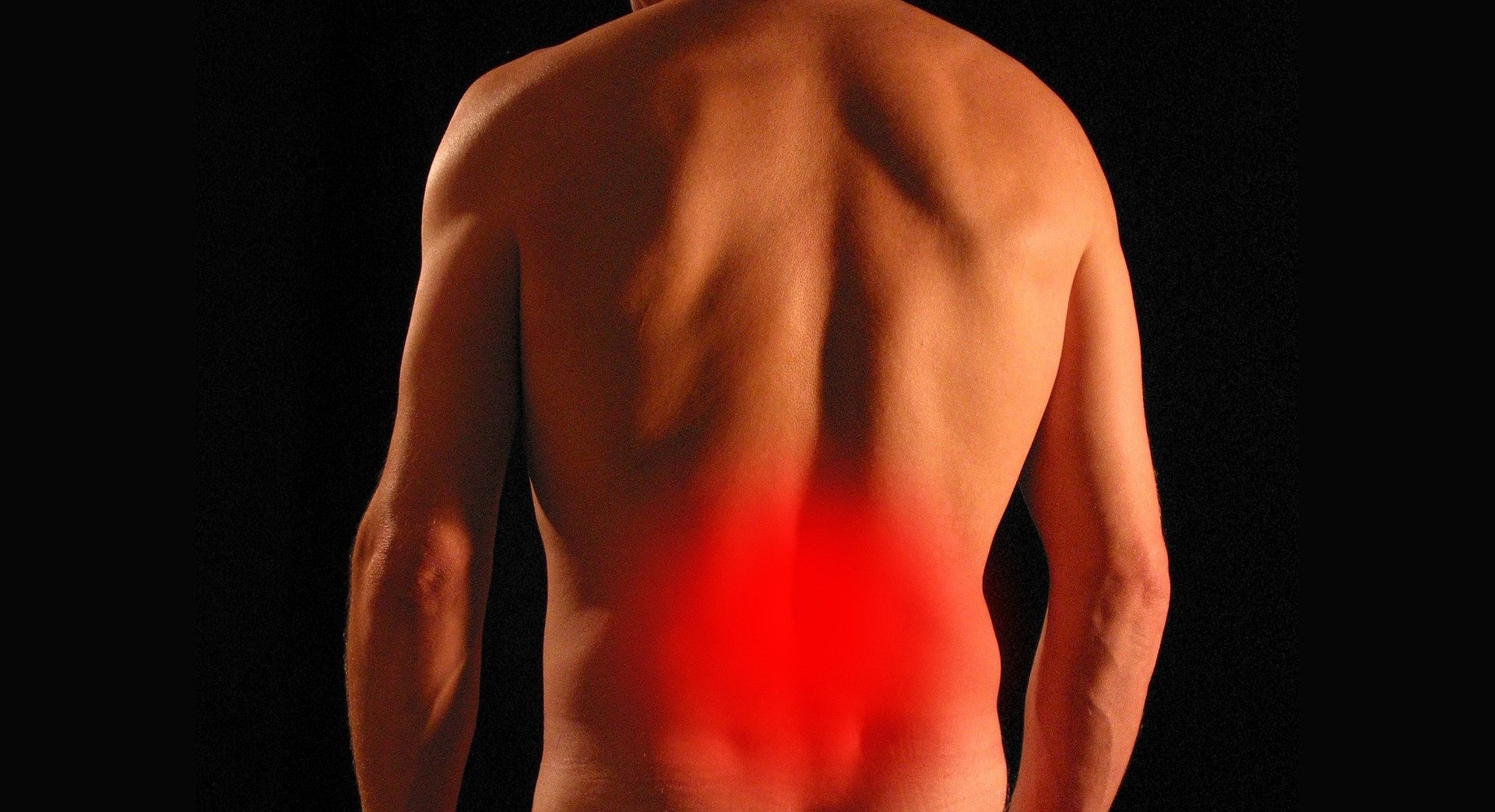learn about why sciatica pain varies in intensity
If you’ve ever dealt with sciatica, you’re no stranger to its unpredictable nature—one morning you might move freely with minor twinges, and by evening, even gentle bending sparks sharp pain. This inconsistency isn’t a quirk; it’s tied to how your sciatic nerve responds to pressure, inflammation, and daily movement. Let’s uncover the reasons behind this varying intensity, so you can better navigate and manage your symptoms.
How Nerve Compression Levels Shape Sciatica Pain Intensity
The severity of sciatica pain often correlates directly with the degree of nerve compression affecting the sciatic nerve. This compression typically occurs in the lower spine, where herniated discs, bone spurs, or spinal stenosis can press against nerve roots. When compression is mild, individuals may experience occasional tingling or numbness that comes and goes throughout the day. However, as the compression increases, the pain can escalate to sharp, shooting sensations that radiate from the lower back through the buttocks and down the leg.
The location of compression also matters significantly. Nerve roots at different spinal levels produce varying pain patterns and intensities. Compression at the L4-L5 level may cause pain that extends to the outer calf and top of the foot, while compression at L5-S1 often results in pain along the back of the leg and bottom of the foot. The duration of compression plays a role as well—prolonged pressure on the nerve can lead to more persistent and severe symptoms compared to intermittent compression that allows periods of relief.
Inflammation: A Core Factor in Sciatica’s Fluctuating Discomfort
Inflammation surrounding the sciatic nerve creates a chemical environment that amplifies pain signals and contributes to the variable nature of sciatica symptoms. When a disc herniation or other injury occurs, the body responds by releasing inflammatory mediators such as cytokines and prostaglandins. These substances irritate the nerve tissue, making it hypersensitive to stimuli that might not normally cause pain. This inflammatory response can intensify rapidly during certain activities or times of day, explaining why sciatica pain often feels worse in the morning or after prolonged sitting.
The inflammatory process is not constant—it ebbs and flows based on various factors including stress levels, diet, sleep quality, and overall immune function. During periods of high inflammation, even minimal nerve compression can produce severe pain. Conversely, when inflammation subsides, the same degree of compression may cause only mild discomfort. This dynamic relationship between inflammation and nerve sensitivity explains why sciatica patients often report good days and bad days without obvious changes in their physical condition or activity levels.
Daily Movement (and Inactivity) That Alters Sciatica Pain
Physical activity patterns throughout the day significantly influence sciatica pain intensity through multiple mechanisms. Movement affects spinal alignment, muscle tension, and blood flow to the affected nerve. Prolonged sitting, particularly in positions that flex the spine forward, increases pressure on the lower lumbar discs and can compress nerve roots more severely. Office workers and drivers often experience worsening symptoms during and after extended periods of sitting because this posture narrows the spinal canal and reduces the space available for nerves.
Conversely, complete inactivity can be equally problematic. When muscles surrounding the spine remain inactive, they weaken and lose their ability to support proper spinal alignment. This lack of support places additional stress on spinal structures and can increase nerve compression. Gentle movement and stretching help maintain flexibility, promote circulation, and reduce muscle spasms that may contribute to nerve irritation. Walking, swimming, and specific stretching exercises often provide relief by encouraging proper spinal mechanics and reducing pressure on affected nerve roots.
The timing and type of movement matter considerably. Morning stiffness occurs because spinal discs absorb fluid overnight, making them more prone to bulging when first bearing weight. Activities involving bending, twisting, or lifting during this vulnerable period can trigger sudden pain flares. Understanding these patterns allows individuals to modify their routines strategically, scheduling demanding activities for times when symptoms are typically milder and incorporating movement breaks to prevent prolonged compression.
Additional Factors Influencing Pain Variability
Beyond the primary factors of compression, inflammation, and movement, several other elements contribute to the fluctuating nature of sciatica pain. Body weight affects spinal loading—excess weight increases pressure on lumbar structures and can worsen nerve compression. Psychological stress elevates muscle tension and may amplify pain perception through complex neurological pathways. Sleep position influences spinal alignment throughout the night, with certain positions relieving pressure while others exacerbate compression.
Weather changes, though not scientifically proven, are frequently reported by patients as pain triggers. Barometric pressure shifts may affect inflammation levels or joint fluid dynamics. Hydration status impacts disc health, as intervertebral discs require adequate fluid to maintain their cushioning properties. Dehydration can reduce disc height and increase the likelihood of nerve compression. These interconnected factors create a complex picture where multiple variables simultaneously influence pain intensity, making sciatica a highly individualized condition requiring personalized management strategies.
Conclusion
Sciatica pain intensity varies due to a complex interplay of factors including the degree and location of nerve compression, fluctuating inflammation levels, and daily patterns of movement and inactivity. Understanding these mechanisms empowers individuals to recognize triggers and implement strategies that may reduce symptom severity. While some factors like structural changes develop gradually, others such as inflammation and movement patterns can be modified through lifestyle adjustments, physical therapy, and appropriate medical interventions. Recognizing that pain variability is a normal characteristic of sciatica helps patients develop realistic expectations and more effective management approaches tailored to their specific circumstances.
This article is for informational purposes only and should not be considered medical advice. Please consult a qualified healthcare professional for personalized guidance and treatment.





